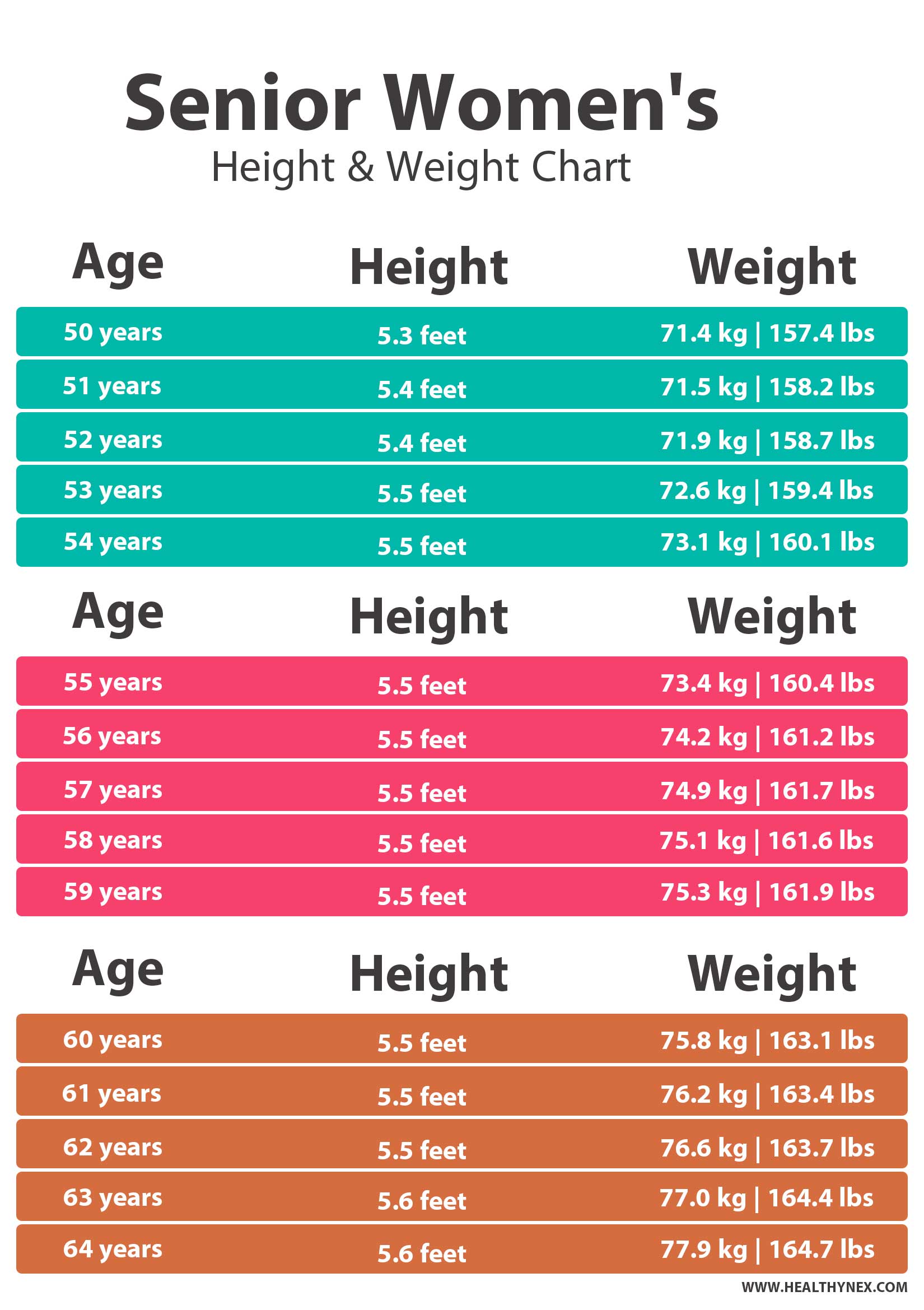You have been staring down an empty toilet paper roll, a forgotten tube of toothpaste, or a dirty laundry hamper. This chart displays the average weight gain and specific weight increase for girls aged 5 to 15 years.
It is also an excellent resource for keeping track of your girl’s growth throughout their teenage. The point to notice is that every person has a different body.
Two girls of the same age can have different heights and weights, yet both can be healthy at the same time. However, maintaining their weight can be a challenge as girls gain weight quickly.

Considering this fact, parents of girls are worried for them and always looking for recommendations on how and what they should do for their girl to keep her healthy and fit.
What is the average weight of a 10-year-old girl? What is the average weight of a 15-year-old girl? How much weight do you think of a 20, 25, and 30-year-old woman?
Whether you are curious about your current or ideal weight or looking to track your child’s growth over time, this girls’ weight chart will provide you with helpful visual aid.
Keep track of your girl’s weight, height, and BMI with the expert help of the Girl’s Weight Chart. For girls, the rate of increase from one year to the next is gradual till age 14, when it starts accelerating rapidly.
Girls weight chart in kg:
The standard weight for a:
- 5 years girl is 3.2-4.1 kg
- 6 years girl is 4.2-5 kg
- 7 years girl is 5.2-6.3 kg
- 8 years girl is 6.3-7.6 kg
- 9 years girl is 7.6-9.1 kg
- 10 years girl is 9.0-10.8 kg
- 11 years girl is 10.8-12.5 kg
- 12 years girl is 12.4-14.3 kg
- 13 years girl is 14.3-16.5 kg
- 14 years old is 16 .5 -18 .5 kg
- 15 years old is 52.16 kg
- 16 years old is 53.9 kg
As a parent, you might be worried if your child is overweight or not. You might be trying to think of different ways to find an accurate weight chart for girls.
It’s essential to understand that your child’s growth is not the same as when he was younger. Parents take the help of their pediatrician or health care provider to get an exact idea about their growing children.
The above weight chart will help you know whether your girl is normal or overweight. Doctors use BMI to determine if a patient is overweight and how much. It is commonly used to determine ideal weight ranges.
How Can BMI Be Used to Determine Female Ideal Weight?
BMI is calculated from weight and height squared:
Body mass index (BMI) = body weight (in kg) squared
- Below normal weight = 18.5 Body mass index (BMI) = body weight (in kg) squared
- from 18.5 to under 24.9: Normal weight
- between 25 and 29.9: Overweight
- between 30 and 34.9: Class I obesity
- between 35 and 39.9: Class II obesity
- over 40: Class III obesity
BMI alone to determine ideal weight has some drawbacks since muscle weighs more than fat. The BMI can overestimate body fat in very muscular patients, such as bodybuilders or professional athletes.
On the other hand, the body fat percentage of older patients who lose muscle mass due to aging may be underestimated.
How should parents help their teenage girls maintain their weight?
As I mentioned before, every person has a different body and structure. Some of them have different heights even though they are the same age as the other kid.
Yet, they need to maintain their ideal weight according to their height. However, teenagers cannot understand this thing adequately; hence their parents need to play their part here. They should guide them and help them maintain their weight by following a little routine.
Healthy eating habits: healthy eating starts with consuming vegetables, whole-grain products, and fruits. Non-fat milk, low-fat milk, and dairy products are other best options.
You can also add yogurt and cheese to their diet. Lean meat, beans, fish, and poultry help maintain protein levels and water to stay hydrated. Limiting sugar products and saturated fat would greatly favor your girls.
Calorie-rich temptations reduce or eliminate sugary products, and high-fat or salty products develop healthy eating habits. Switch them to healthy eating and give them bell peppers with hummus, broccoli, carrots, banana, apple, grapes, blueberries, tuna, or oven-baked kale chips.
Make them active: girls need to stay active. The reason is that they gain weight quicker than the boys. Besides, staying active will strengthen their bones, decrease their blood pressure, reduce anxiety and stress, enhance their self-esteem, and maintain their weight.
A good amount of sleep: little sleep causes obesity because a person who sleeps less tends to be less active and eats more. Teenagers need more sleep than adults. However, the amount differs from age to age.
Minimize sedentary time: quiet time for homework and reading is okay, but minimize the use of gadgets such as mobile phones, video games, or T.V.
A healthy weight is important for children of all ages. Children can be at high risk for obesity if their growth rate is too high or if they have a body mass index (BMI) that falls outside a healthy range.
BMI is calculated using weight and height to estimate total body fatness and is most accurately determined by measuring height and weight together on a calibrated scale. This Healthy Weight PDF provides tips to help children maintain a healthy weight.



